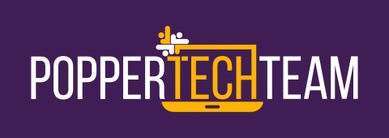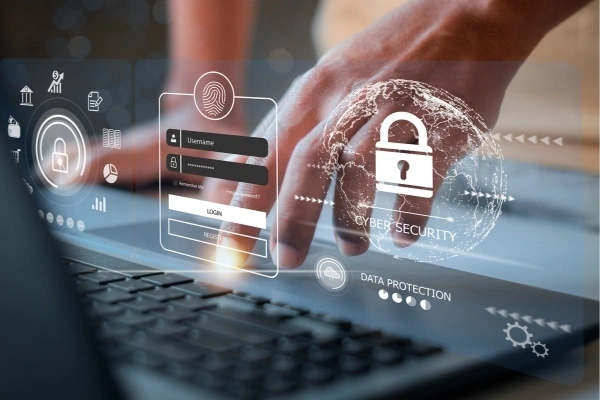Cyber Insurance: A Safety Net, Not a Substitute, for Security
Cyber insurance is an invaluable tool in your risk management arsenal. Think of it as one of the many weapons you have against cyberthreats. However, there’s a widespread misconception that having cyber insurance is enough. The truth is—without a comprehensive cybersecurity strategy, your insurance can offer only limited protection.
Through this blog, we’ll help you understand why cyber insurance should be seen as a safety net rather than a replacement for strong security.
Understanding the limits of cyber insurance
In today’s business landscape, cyber insurance is a must. However, having insurance doesn’t guarantee a payout. Here are a few things that cyber insurance can’t help you with:
Business interruption:
Your cyber insurance policy can never fully cover the cost of lost productivity due to a cyberattack. The payouts, in most cases, would be partial and won’t be enough for you to recover from the business interruption.
Reputational damage:
Cyber insurance can’t help you win back customer trust. It would take a lot of work to repair your organization’s reputation.
Evolving threats:
Cyberthreats are constantly evolving, and your insurance policy might not be able to offer a payout against new tactics.
Social engineering attacks:
Cybercriminals often trick unsuspecting victims through social engineering attacks. If your business suffers losses due to a social engineering attack, like a phishing scam, you might not be covered.
Insider threats:
Losses resulting from an internal risk are rarely covered by insurance providers. If the breach occurs because of a threat within your organization, your policy provider may not entertain the claim.
Nation-state attacks:
Some rogue state nations deploy their hackers to carry out cyberattacks in other countries. Many insurance providers consider such attacks as acts of war and do not cover them.
Six steps to build a strong cybersecurity posture
Implement these steps proactively to strengthen your defenses:
- Employee training is critical for building a strong defense against cyberthreats. Hold regular sessions and botcamps to educate your teamo on cybersecurity best practices.
- Implement strong password policies. Using multi-factor authentication will phenomenally improve your internal security.
- Regularly back up your business-critical data. This will ensure you can bounce back quickly in case of a breach or a ransomware attack.
- Keep your software and security solutions up to date. Monitor and resolve issues before hackers have an opportunity to exploit them.
- Think of your network like your castle and do everything to protect it from hackers. Build a strong network security infrastructure, complete with firewalls, anti-virus software and threat detection systems.
Build a Resilient Future For Your Business
To build a strong defense posture, you need a good cyber insurance policy and a robust cybersecurity plan. However, it can be stressful having to juggle the responsibilities of managing your business and implementing a comprehensive security strategy. That’s where a great partner like us can offer a helping hand. We can evaluate your current IT infrastructure and create a strategy that is right for you. Reach out to us today to get started.







